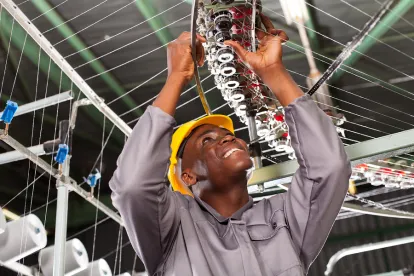When it comes to 2019 employment and labor developments for manufacturers, I predict ….
much more of the same.
The election of President Trump and a Republican-controlled House and Senate in November 2016 brought a roll-back back from the aggressive enforcement policies of the Obama administration. Simply speaking, the Federal Government has limited or overruled regulations impacting the relationship between manufacturers and their employees. In response to this trend, some states and local municipalities (cities and countries) pushed back, for example, enacting regulations and ordinances raising the minimum wage, prohibiting salary history or criminal conviction inquiries, mandating greater benefits for parents, imposing training requirements to combat workplace harassment, and more.
Likely we will see this trend continue in 2019. The “Blue Wave” which put the U.S. House in the hands of Democrats for the first time in eight years also impacted state legislatures and governorships. While the Federal Government remains deeply divided, Democrats won control of all branches of government in seven states on election night. Thirteen states are now exclusively controlled by Democratic Governors and Legislatures, including California, New York and Connecticut – states that traditionally have been pace-setters when it comes to expanding employment protections for employees.
Not to be outdone, local governments are also aggressively working to expand the scope of employee protections. In some cases, the race for legislating can seem like a competition between state and local actors over which can adopt the most “progressive” employment protections possible.
While debates about the “proper” role of government in the relationship between manufacturers and employees are beyond this blog, the fact that state and local governments are working to adopt local employment regulations creates significant issues for manufacturers. First, understanding the complexities of local legislation takes time and some localities are better than others at spreading the word about new requirements. Second, especially when it comes to local municipality ordinances, regulations can be adopted and implemented even before many manufacturers know the issue is being discussed, meaning that those local governments may not have the best information to make an informed decision. Finally, manufacturers with operations in multiple locations have to harmonize conflicting requirements, resulting in employee confusion and consuming the resources of experienced HR professionals.
Fortunately or unfortunately, I predict this “local” trend will continue. The best advice for manufacturers to address these developments is to maintain constant vigilance as to proposed changes in state and local law.


 />i
/>i

